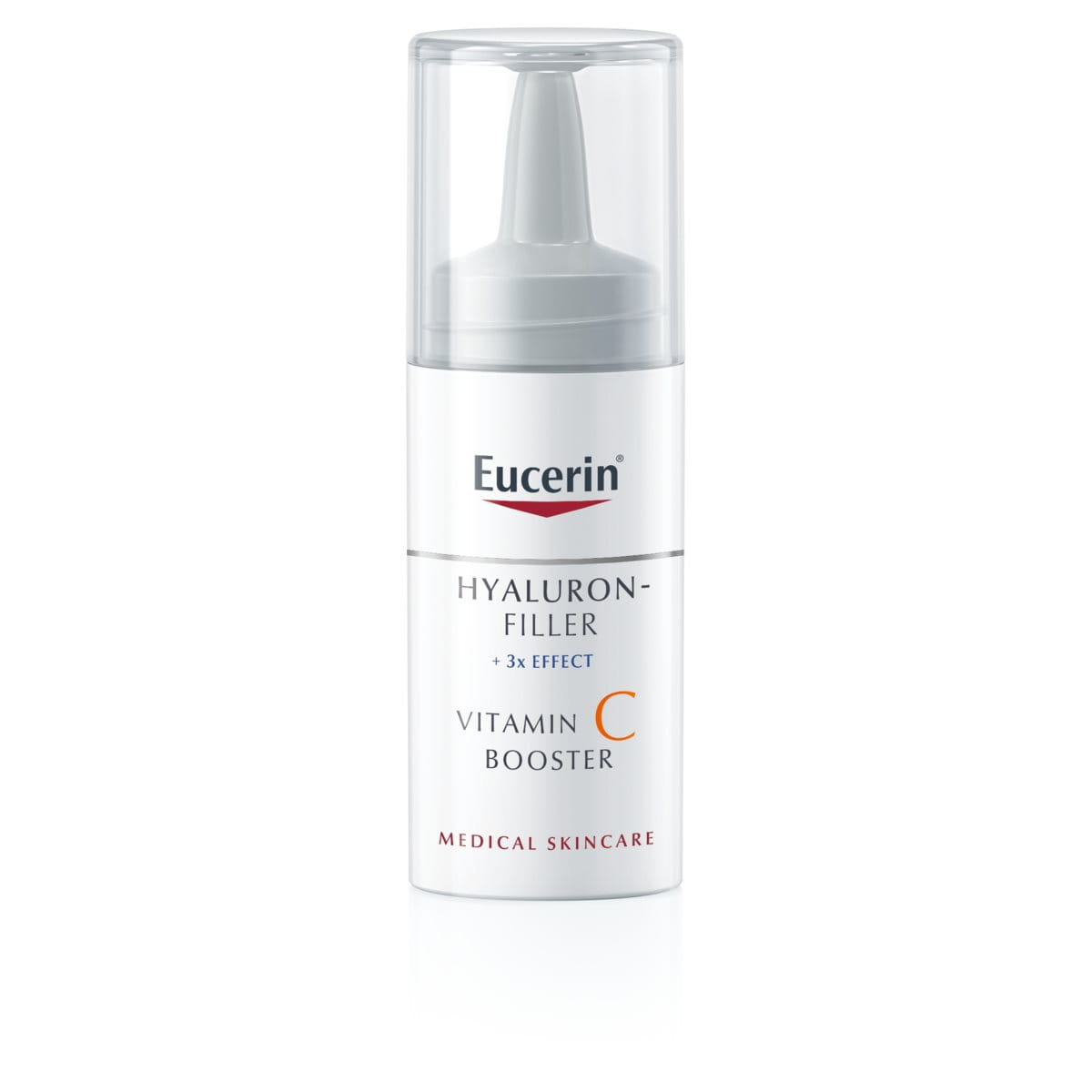What are clogged pores and how do they occur?
Humans have several hundred thousand pores in their skin. They are located wherever there is body hair. Through the pores, the body secretes sebum, which creates a thin film of oil on the skin and thus strengthens the natural skin protective barrier.
In people with combination skin or with an oily skin type, the sebaceous glands are more pronounced. This can lead to an overproduction of sebum (seborrhea) and at the same time excessive cornification. The sebum mixes with dirt and makeup residues – clogged pores on your cheeks, nose or forehead are the result.
Just like the causes of acne, there are several possible reasons for the development of blemishes and clogged pores:
- Unhealthy diet
- Stress
- Medication
- Genetic predisposition
- Hormone changes or imbalances
- Inappropriate skin care products (for example comedogenic products)
What do clogged pores look like?
Clogged pores or even extremely clogged pores are known as closed or open comedones. You can recognize the closed ones by their white color (hence the name whitehead), because the sebaceous gland secretion cannot escape to the outside. As a result, the typical, clearly visible pimples and pustules often appear. The open, clearly more harmless comedones, on the other hand, can be recognized as small dark spots in the skin (hence the name blackhead).









